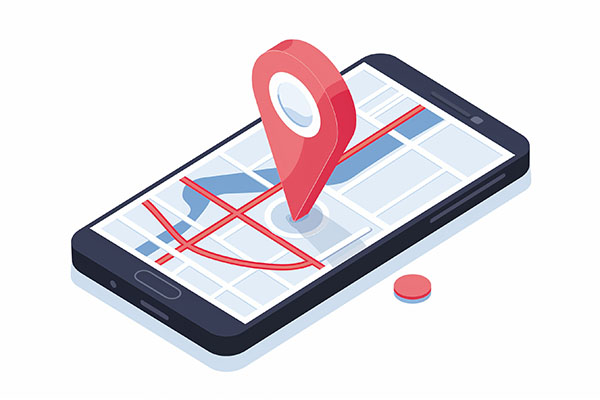Unlocking the Power of Geofencing in Digital Marketing: A Guide for Businesses

In today’s digitally driven world, where consumers are constantly connected through their smartphones and other devices, businesses can reach their target audience with precision and relevance. The capabilities of geofencing in digital marketing strategies, businesses can create highly targeted and personalized experiences for their customers, driving engagement, foot traffic, and ultimately, sales.
Understanding Geofencing
Geofencing is a location-based technology that uses GPS, RFID, Wi-Fi, or cellular data to create virtual boundaries around real-world geographic areas. These virtual perimeters, or “geofences,” can range in size from a few meters to several kilometers and can be customized to suit specific marketing objectives. When a user enters or exits a geofenced area, it triggers a predefined action, such as sending a push notification, displaying an ad, or collecting data for analytics.

What Can You Do With Geofencing in Digital Marketing
1. Targeted Advertising:
Geofencing allows businesses to deliver highly targeted ads to users based on their real-time location. For example, a retail store can set up geofences around its physical locations and send promotions or discounts to nearby customers to entice them to visit the store. Similarly, a restaurant can target commuters passing by during lunchtime with an offer for a quick meal.
2. Enhanced Personalization:
By using geofencing data with other customer information, businesses can create personalized marketing messages tailored to individual preferences and behaviors. For instance, a sports apparel company can send exclusive offers to users that attended a major sporting event in their area, capitalizing on their interest in the event and driving conversion rates.
3. Event Marketing:
Geofencing is particularly effective for event marketing, allowing businesses to target attendees with relevant promotions and information. Event organizers can create geofences around the event venue and nearby areas to engage attendees before, during, and after the event, driving ticket sales, participation, and brand awareness.
Conclusion
Geofencing gives businesses with a powerful tool to enhance their digital marketing efforts, enabling them to deliver targeted, personalized experiences to their customers based on their real-time location and places that they’ve visited. Contact us to get started with geofencing. Learn more about digital advertising option here: https://lakestonedigital.com/online-advertising/
